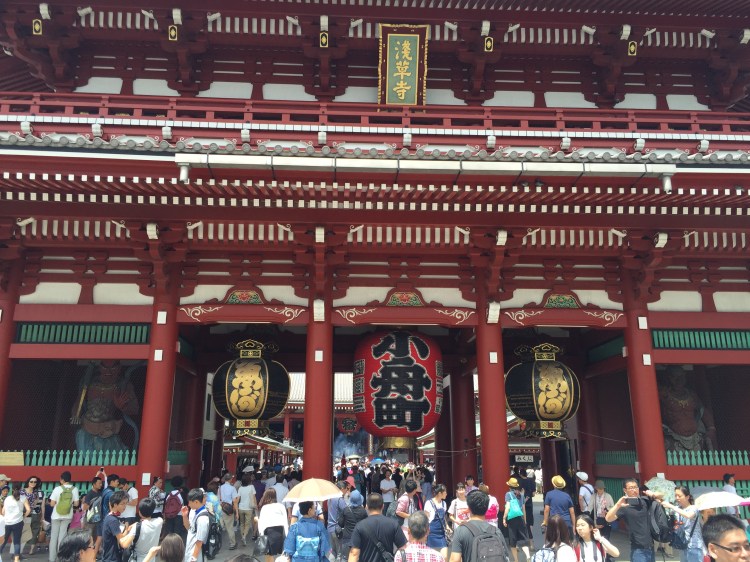
Japanese Language, or nihongo (日本語), is something that has fascinated me and off since being a kid in the 80’s, reading Akira comics that one of the older kids would bring to school (and were definitely not appropriate for my age). I gradually learned Japanese over the years, first borrowing textbooks from a neighbor, but especially in college onward, and even more so when my Japanese wife and I started a family together.
With the benefit of hindsight, I have seen the way Japanese being taught evolve over time, away from the stodgy “business” textbooks I saw in high school and college, to more natural language instruction. That said, teaching and learning Japanese is still tough.
Japanese as a language is reasonably straightforward. No need to worry about the vast number of inflections you see in European languages (15 noun forms in Hungarian for example, 7 in Ukrainian, 5 in Latin), and little tonality like that seen in Vietnamese or Mandarin. It’s pronunciation is pretty straightforward, though intonation is still tricky for English speakers. Learning “kanji” (Chinese characters) is an uphill battle, but definitely not insurmountable if done in the right way (tl;dr Heisig method is fun, but ultimately a waste of time).

However, what makes Japanese so challenging is how different it is from English and European languages. Taken on its own merits, it can be learned within a reasonable timeframe, but it requires unlearning European-style linguistic habits which are still reflected in many textbooks, and online resources such as Duolingo.
This page and subsequent links aim to share and teach aspects of Japanese language on its own merits without trying to fit it in a Western-linguistic model. Once you master certain basic rules, it becomes pretty rote, in a good way. Tae Kim’s Guide to Japanese is an amazing, comprehensive resource and this page is not meant to replace it. It might be thought of as a supplement, based on 25+ years of personal trial and error.
I enjoy Japanese a ton, but like any language, learning is a big investment and the best way to get through the long, intermediate slog, is to have a personal reason to keep it up. I have my reason for keeping up Japanese, long after I stopped learning other languages, but these reasons may not be the same as yours.
On the other hand, learning any language no matter how “useful” it is or not, even a little bit, brings countless benefits. So, don’t be afraid to break out of your comfort zone. Despite my comments earlier, Duolingo and other such resources are great ways to “try before you buy” and are a lot of fun.
So, with that gojiyūni and ganbatte kudasai!
Articles
Some articles and pages to help get you started…
- Getting to know Hiragana (part one, two and three) and Katakana.
- Understanding the rhythm of Japanese language helps pronunciation a lot.
- Basic Japanese sentence structure
- Using particles for fun and for profit
- The Golden Rules of Japanese grammar
- Don’t learn kanji, learn vocab
- Japanese sound effect words (yes, there are a lot of them…)
- Japanese homophones (there are plenty of these, too)
Podcasts
Podcasts are a great, portable way to get used to spoken Japanese, and cover a wide variety of subjects. Based on personal experience, I understood almost 0% of the conversation for months until things started to gradually fall into place. Just like with music, it’s about tuning your ear.
For podcasts, anything by ニッポン放送 (Nippon Hoso) is good, and has a huge catalog, but I especially like these shows:
- Sandwich Man, a venerable comedy duo: Apple Podcast, Nippon Hoso direct
- The Radio Show, a rotating cast of famous comedians talking about daily experiences: Apple Podcast, Nippon Hoso direct
- OK! Cozy up!, a daily news wrap up. This is harder to follow due to lots of political and economic topics, but updates very often and plenty to listen to: Apple Podcast, Nippon Hoso
You must be logged in to post a comment.